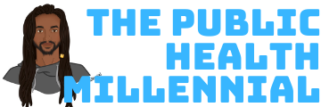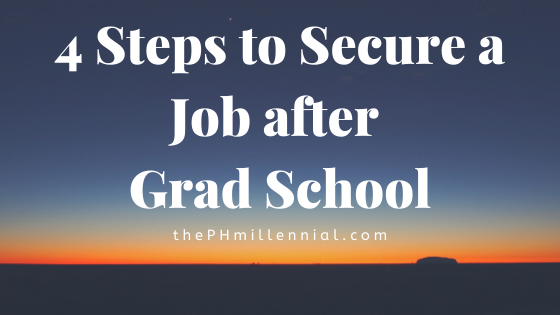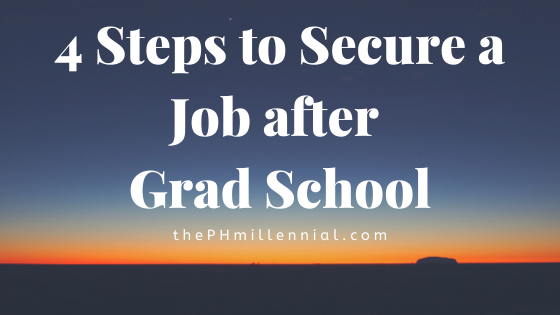As the crisp air of fall rolls in, so do the inevitable colds, sniffles, and—like a surprise guest you didn’t invite—COVID-19. While many of us are ready to embrace pumpkin spice everything, cozy sweaters, and the return of our favorite fall TV shows, it’s also the season to take your health seriously.
Fall: The Ultimate Petri Dish
Fall is beautiful, no doubt. Fall is also a playground for germs. Kids are back in school, the weather changes, and suddenly, everyone you know is either coughing, sniffling, or blaming their stuffy nose on “allergies.” But are we sure it’s just allergies? Because let me tell you, that’s exactly what my buddy said before she called in sick for a week.
COVID, Colds, and More: The Perfect Cocktail of Illness
In the past couple of years, COVID has made us rethink what a common cold is.
Is it just a cold, or is it something more?
While your grandma may offer you chicken soup (which is delicious, let’s be honest), soup alone won’t save you from this season’s trifecta: COVID, colds, and the flu.
So what’s your game plan?
“CDC expects the upcoming fall and winter respiratory disease season will likely have a similar or lower number of combined peak hospitalizations due to COVID-19, influenza, and RSV compared to last season.” (CDC 2024).
Where is the concern if it is expected to be similar or lower? There’s still a chance they could be higher. With everything in science, nothing is 100%. This fall, while we expect hospitalization rates to be similar to or lower than last year, there’s still a chance they could be higher. Here’s why, and why it’s essential to plan ahead:
- A new COVID-19 variant could emerge that is harder for our immune systems to fight off or has more severe symptoms.
- A more severe strain of the flu could become dominant.
- Fewer people might get vaccinated or be less effective than expected.
These are some factors to consider when preparing for the season. (CDC 2024)
Here’s where vaccinations come in.
The MVPs of Fall
Let’s talk about vaccines. Remember the last time you had a flu shot and thought, “Eh, I’m fine without it this year?” Yeah, let’s not do that. Vaccines are like your body’s defense team, and with all these viruses competing for your attention, you need to bolster your immunity now more than ever. You can drastically decrease your odds of contracting the flu by getting a flu shot (Labcorp 2024).
The CDC has also announced that updated COVID-19 vaccines are coming this fall to better match circulating variants.
It’s important to stay up-to-date with our vaccines, as new strains can evade previous immunity. Additionally, this year’s RSV vaccines offer further protection for vulnerable populations, like older adults.
Protecting yourself with vaccines helps not just you but also those around you, especially those at higher risk of severe illness. (AMA 2024)
COVID vaccines are still relevant (no, it’s not over), and pairing that with your annual flu shot can make the difference between binge-watching your favorite shows comfortably sipping hot cocoa or coughing your way through a box of tissues.
Everyone ages 6 months and older should get the 2024–2025 COVID-19 vaccine. This includes people who have received a COVID-19 vaccine before and people who have had COVID-19. (CDC 2024)
Plus, can we talk about how nobody wants to be stuck inside when fall is serving up scenic hikes, apple-picking, and haunted houses? Don’t let a virus be your excuse for missing out the Chiefs winning the super bowl again.
But I’m Healthy, Do I Really Need It?
You might be thinking, “But I’m healthy! I don’t need a vaccine.”
First of all, congrats on having an immune system that’s apparently stronger than Captain America’s shield. But here’s the deal: vaccines aren’t just about you; they’re about protecting everyone around you. Your co-worker with asthma, your elderly neighbor, or even the person standing next to you at the coffee shop—vaccination helps keep them safe too.
Honestly, if Batman wears a mask to protect Gotham, the least you can do is get a vaccine to protect your community.
How to Survive Fall Without Becoming a Germ Magnet
What can you do to survive the season? Aside from getting vaccinated, here are some tried-and-true tips:
- Wash your hands like you just touched a jalapeño and need to put your contacts in. Seriously, soap and water are your best friends.
- Layer up— but also sanitize. Gloves, scarves, and hats are great, but don’t forget hand sanitizer when you’re out and about.
- Sneeze into your elbow, not your hand. It’s time to retire the handshake anyway—fist bumps are in.
- Stay home if you’re feeling sick. Don’t be a hero; nobody wins when you bring germs to the party.
- Timing of Vaccination: The best time for getting vaccinated depends on prior infection and vaccination. Waiting 2-3 months can maximize immune response.
- High-Risk Groups: Older adults, infants, those with chronic conditions, and certain ethnic groups are at higher risk of hospitalization and should prioritize vaccination. (CDC, AMA 2024)
Vaccines are the Real Fall Treat
As the leaves fall, so can our defenses if we don’t stay vigilant. So before you hit that pumpkin patch, make sure you’re vaccinated and ready to tackle fall head-on. only thing you should be spreading this season is cozy vibes—not germs.
Stay healthy, stay protected, and let’s make this fall about more than just pumpkin spice and cozy sweaters—let’s make it about wellness. Until next time, protect your peace and your health!
— Aliyha Hill


